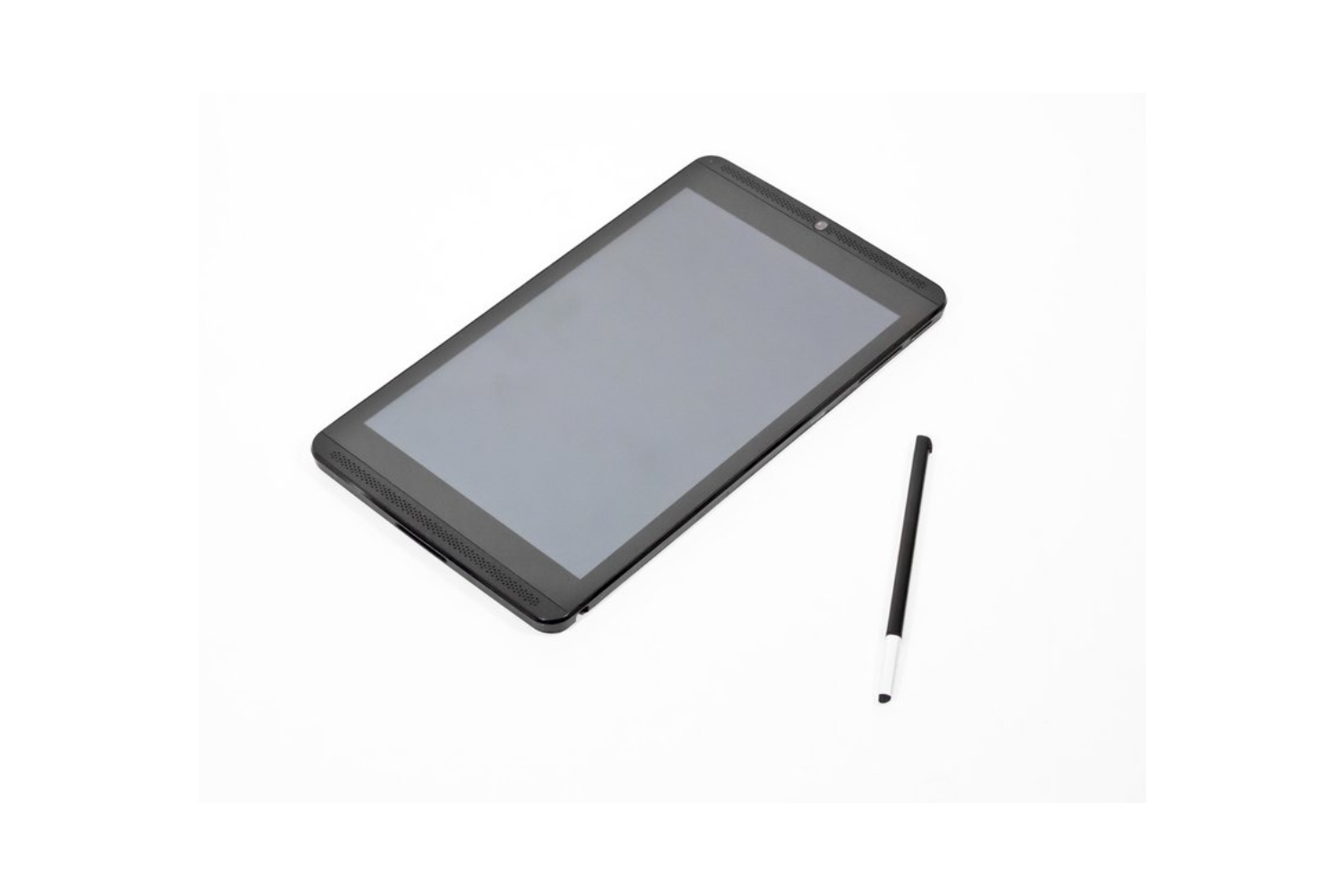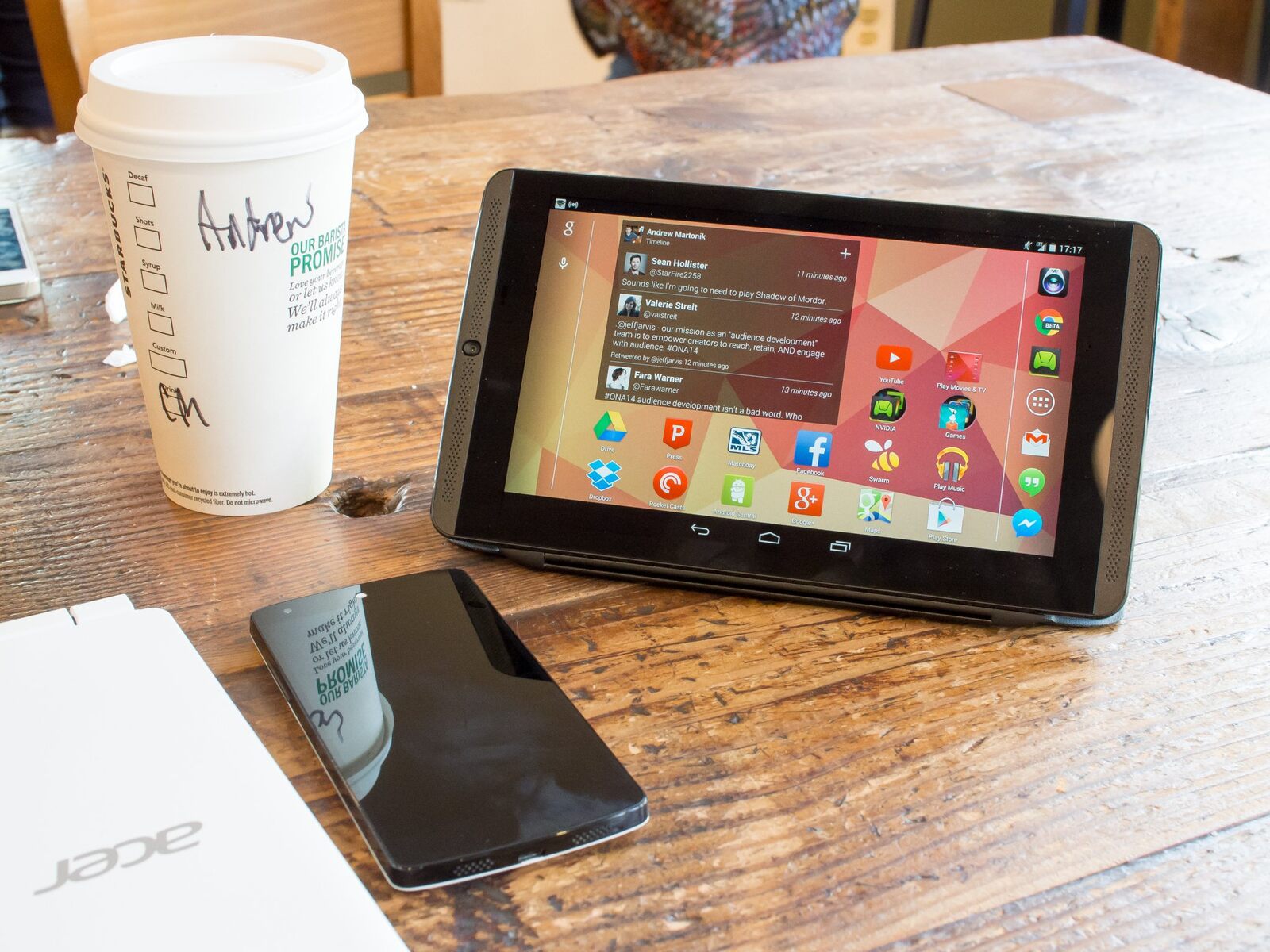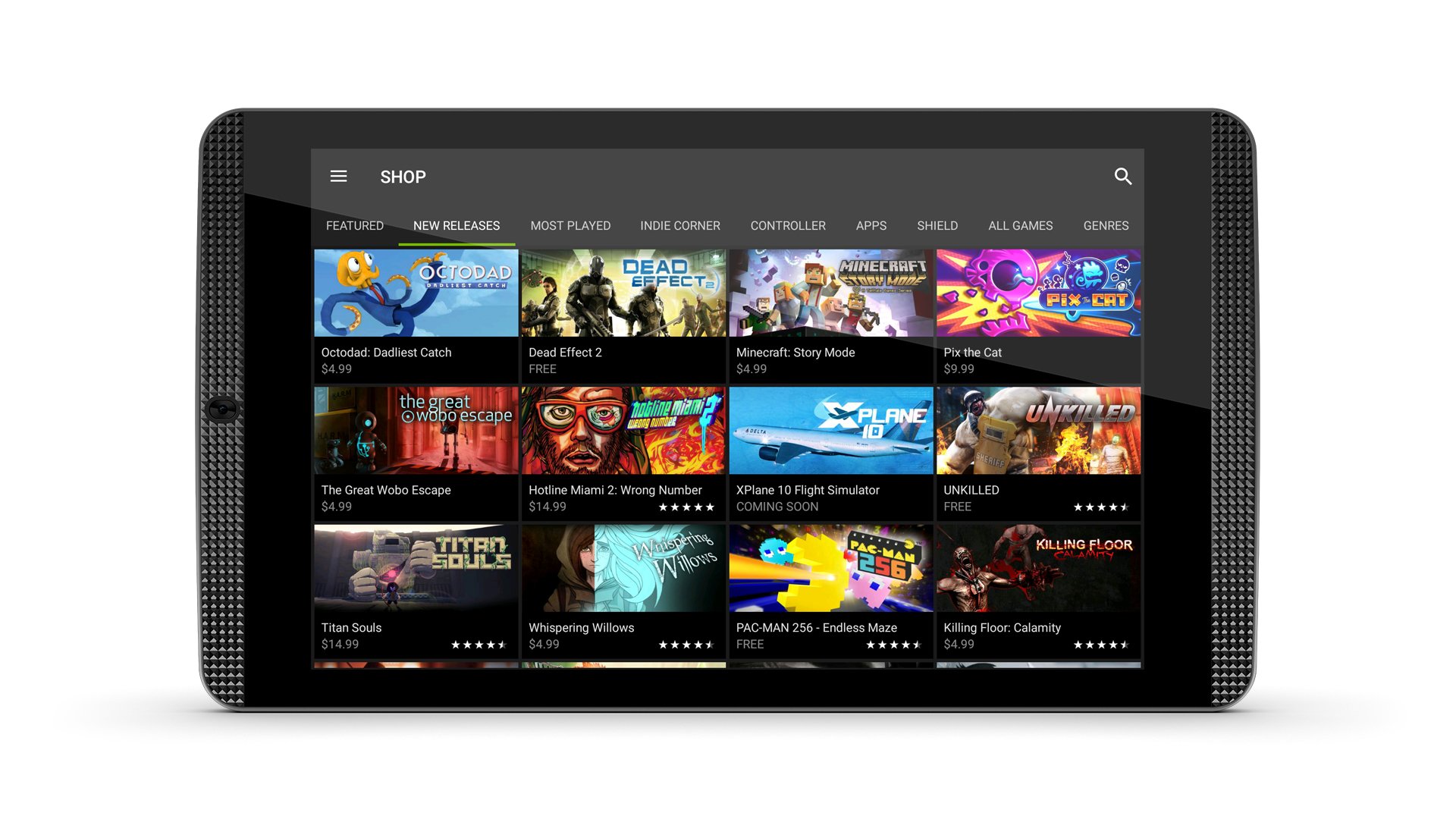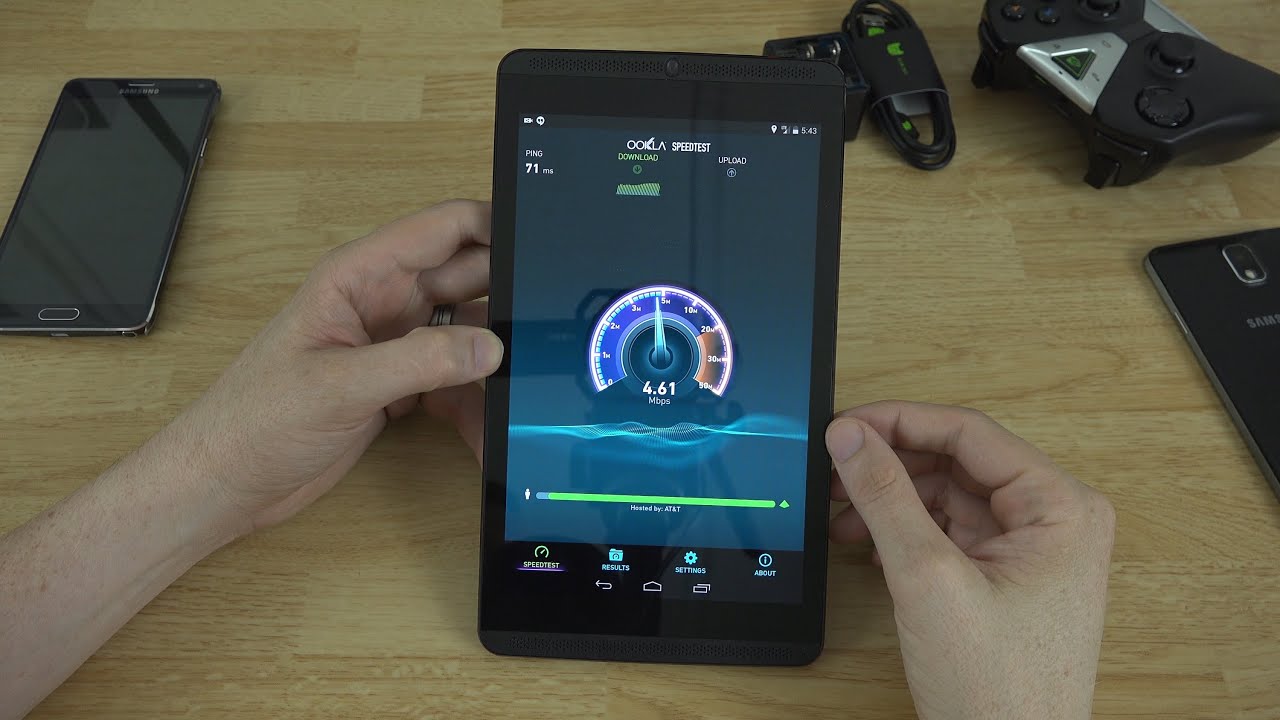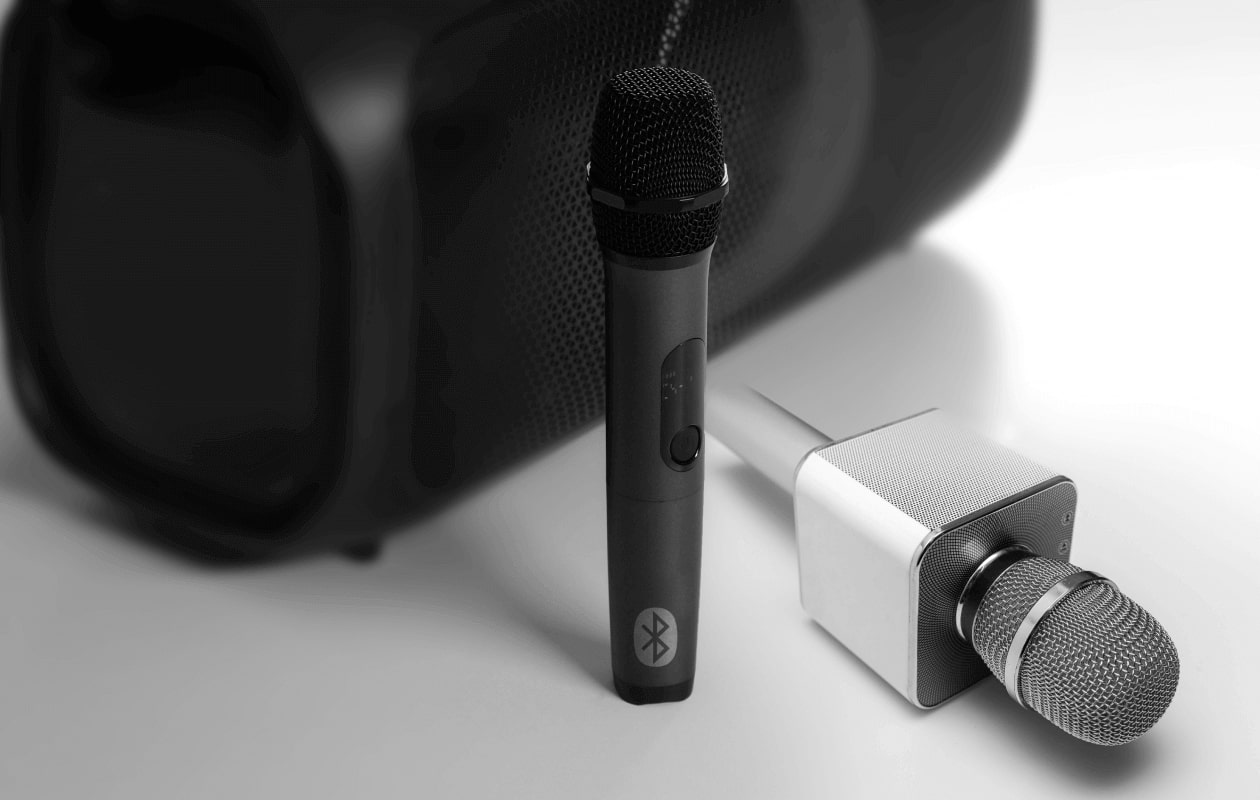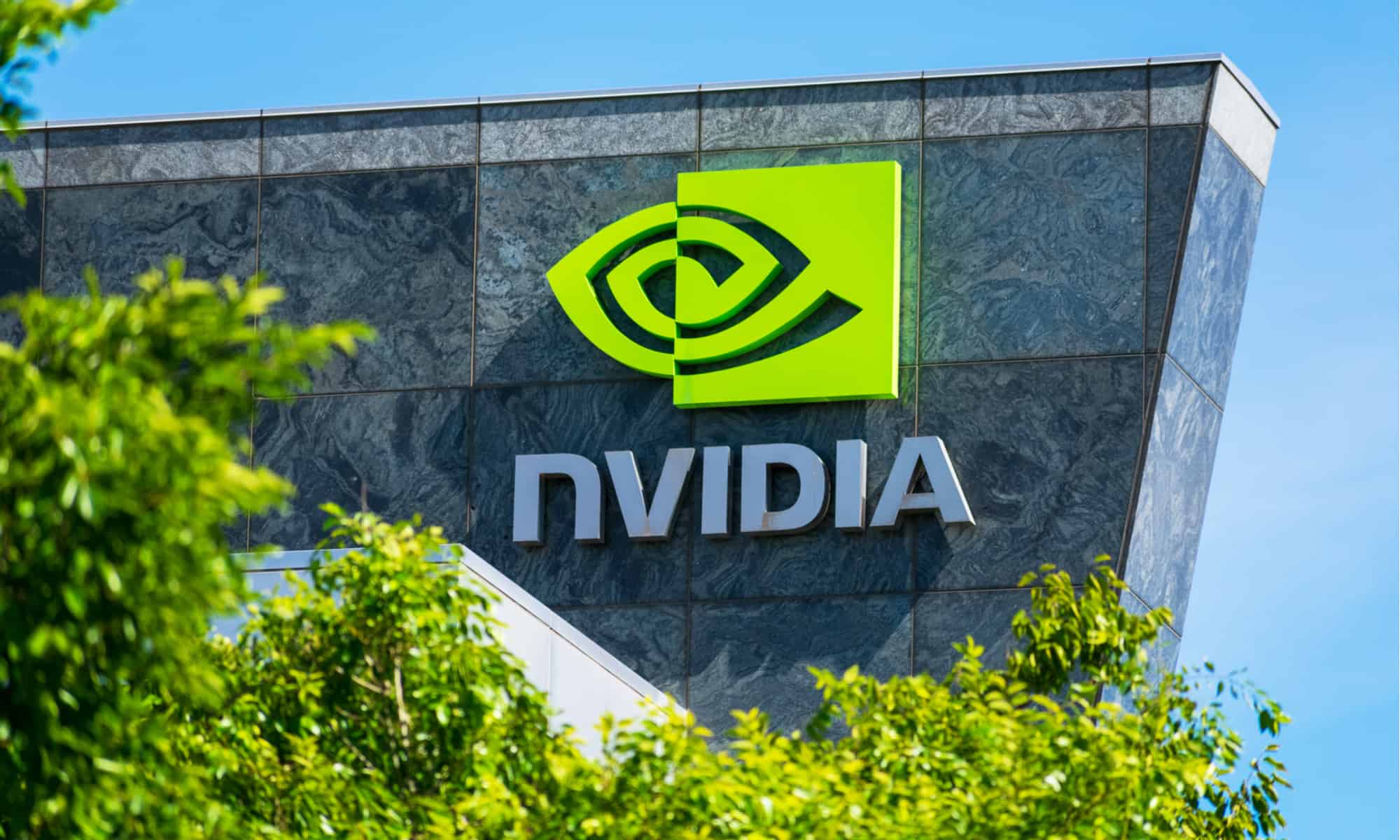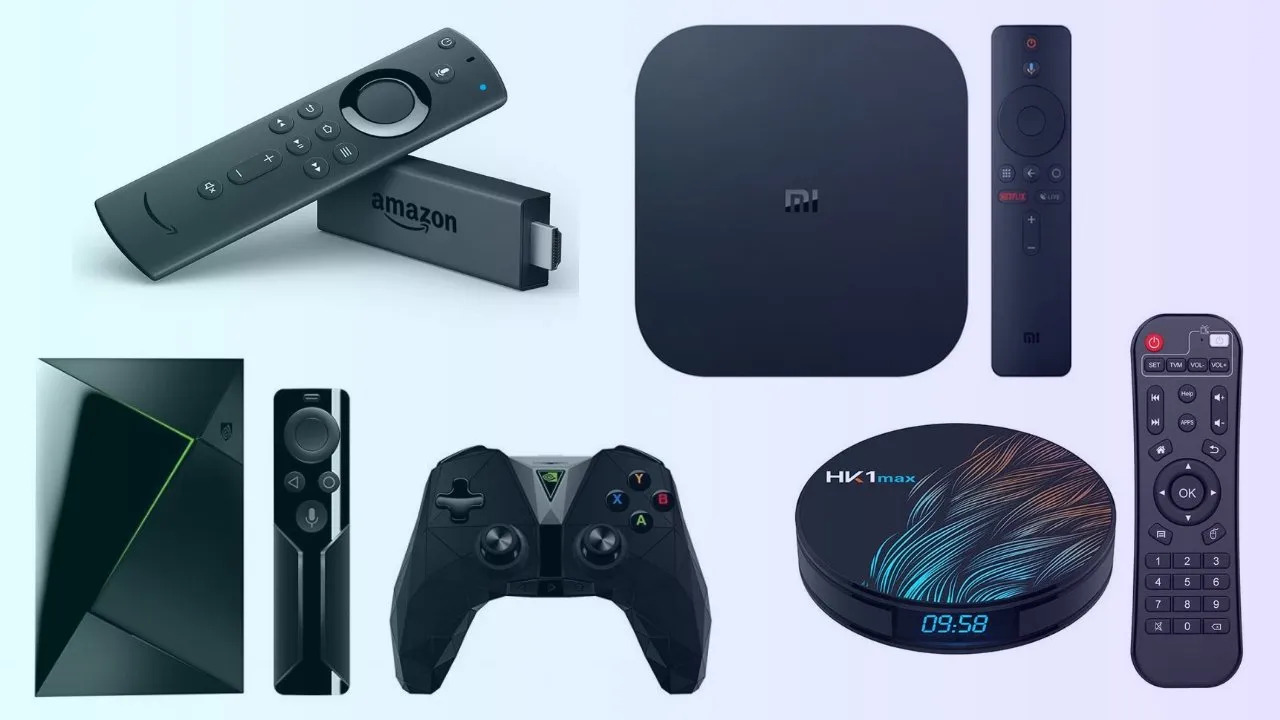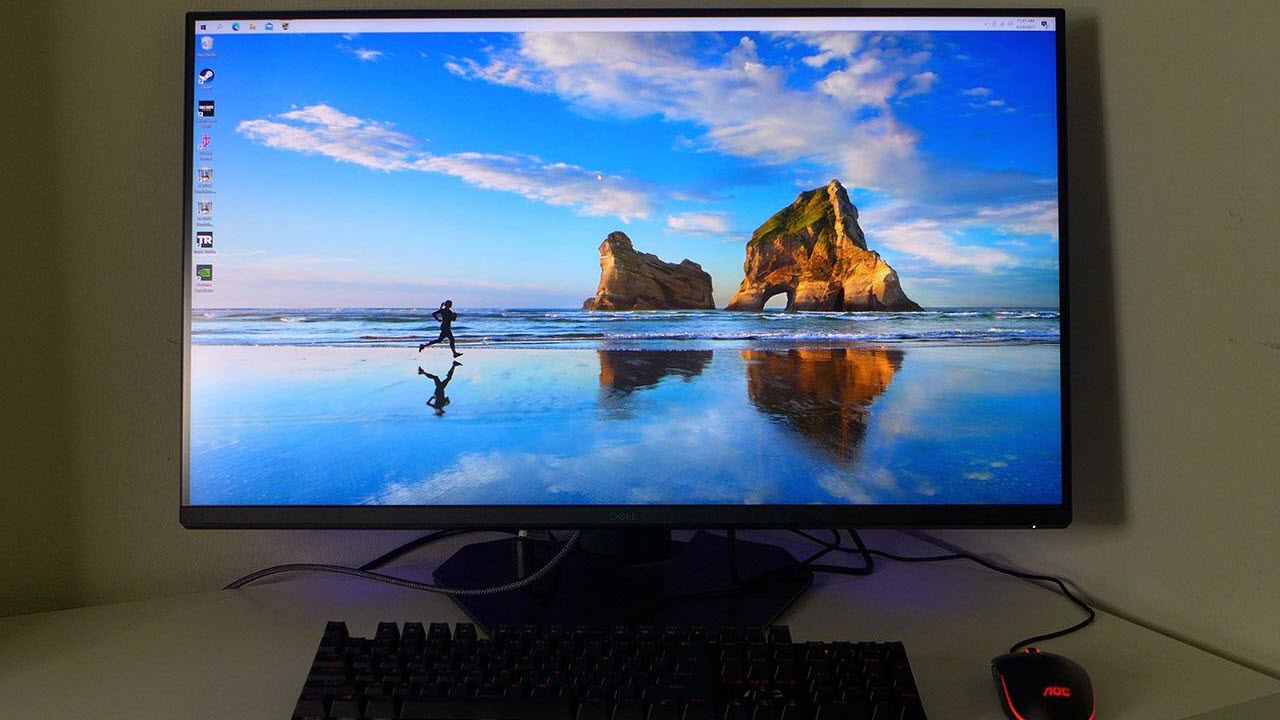Introduction
Are you looking to unleash the full potential of your Nvidia Shield Tablet K1? Rooting your device can provide you with endless possibilities to customize your tablet and gain full control over the Android operating system. By rooting your Nvidia Shield Tablet K1, you can install custom ROMs, remove bloatware, and even overclock your device for improved performance.
In this comprehensive guide, we will walk you through the step-by-step process of rooting your Nvidia Shield Tablet K1. We will cover all the necessary preparations, including enabling developer options and unlocking the bootloader. We will also guide you through installing the required tools, connecting your tablet to the computer, and ultimately rooting your device successfully.
Rooting your Nvidia Shield Tablet K1 can give you access to a whole new world of possibilities. You can install powerful apps that require root access, customize the look and feel of your device with themes and icon packs, and take advantage of advanced features that are not available on a stock device.
However, it’s important to note that rooting your device will void the warranty and can potentially brick your device if not done correctly. Therefore, proceed with caution and ensure that you carefully follow each step outlined in this guide. By taking the necessary precautions and following the instructions, you can safely root your Nvidia Shield Tablet K1 and unleash its true potential.
Preparations
Before we begin the rooting process for your Nvidia Shield Tablet K1, there are a few essential preparations you need to make. Follow the steps below to ensure a smooth and successful rooting experience:
1. Backup your data: Rooting your device can potentially lead to data loss. It is essential to back up all your important files, photos, and documents to a computer or cloud storage before proceeding with the rooting process.
2. Charge your tablet: Ensure that your Nvidia Shield Tablet K1 has enough battery power to complete the rooting process. It is recommended to have at least 70% battery charge to avoid any unexpected shutdowns during the process.
3. Enable USB debugging: To connect your tablet to the computer and perform the rooting process, you need to enable USB debugging. Go to Settings > Developer Options and toggle on the USB debugging option.
4. Unlock the bootloader: Rooting your device requires unlocking the bootloader. This process will wipe all data on your tablet, so make sure to backup everything before proceeding. We will cover the bootloader unlocking process in detail in the next section.
5. Install ADB and Fastboot tools: ADB (Android Debug Bridge) and Fastboot tools are essential for the rooting process. These tools allow you to communicate with your tablet and execute commands on it from your computer. Install the latest version of ADB and Fastboot tools on your computer before proceeding.
By completing these preparations, you ensure that your Nvidia Shield Tablet K1 is ready for the rooting process. These steps will help you avoid any potential data loss and ensure a seamless rooting experience. Once you have completed these preparations, you are ready to move on to the next steps of unlocking the bootloader and installing the necessary tools.
Step 1: Enable Developer Options
Before you can start the rooting process for your Nvidia Shield Tablet K1, you need to enable Developer Options on your device. Follow the steps below to enable Developer Options:
- Open the Settings app on your Nvidia Shield Tablet K1.
- Scroll down and tap on the “About Tablet” option.
- Locate the “Build number” and tap on it seven times. You will see a message indicating that you are now a developer.
- Go back to the main Settings menu, and you will find a new option called “Developer Options.”
- Tap on “Developer Options,” and toggle the switch to turn it on.
Enabling Developer Options gives you access to advanced settings and debugging options on your Nvidia Shield Tablet K1. It is necessary to enable this option before proceeding with the rooting process.
Once you have enabled Developer Options, you will have access to additional settings that can be useful in the rooting process. These settings include USB debugging, which allows you to connect your tablet to a computer and execute commands. Enabling Developer Options is a crucial step in preparing your device for rooting.
Remember to proceed with caution when making changes in the Developer Options menu. Misconfiguration of these settings can affect the performance of your device or cause potential issues. Only modify settings that are necessary for the rooting process and follow the instructions carefully.
In the next step, we will guide you through the process of unlocking the bootloader, which is a prerequisite for rooting your Nvidia Shield Tablet K1.
Step 2: Unlock the Bootloader
Unlocking the bootloader is a necessary step in the rooting process for your Nvidia Shield Tablet K1. The bootloader is a program that runs when your device starts up and ensures the integrity of the system. By unlocking the bootloader, you gain the ability to install custom firmware and modify the system files on your device.
Before proceeding, keep in mind that unlocking the bootloader will wipe all data on your Nvidia Shield Tablet K1. Ensure that you have backed up all important files and data before starting the process. Here’s how you can unlock the bootloader:
- Visit the Nvidia Developer website and sign in using your account credentials.
- Download the Nvidia Bootloader Unlock App to your computer.
- Connect your Nvidia Shield Tablet K1 to the computer using a USB cable.
- Launch the Nvidia Bootloader Unlock App on your computer.
- Follow the on-screen instructions to begin the bootloader unlock process.
- Once the process is complete, your tablet’s bootloader will be unlocked.
It is important to note that unlocking the bootloader may void your warranty and can potentially brick your device if not done correctly. Make sure to follow the instructions carefully and double-check that you have backed up all important data before proceeding.
With the bootloader unlocked, you have cleared a significant hurdle in the rooting process. In the next step, we will guide you through the process of installing ADB and Fastboot tools, which are essential for the next stages of rooting your Nvidia Shield Tablet K1.
Step 3: Install ADB and Fastboot Tools
In order to communicate with your Nvidia Shield Tablet K1 and execute commands during the rooting process, you will need to install ADB (Android Debug Bridge) and Fastboot tools on your computer. These tools allow you to interact with your device’s bootloader and send commands from your computer to your tablet.
Follow the steps below to install ADB and Fastboot tools:
- Download the ADB and Fastboot tools package for your operating system (Windows, macOS, or Linux) from a trusted source such as the official Android Developers website.
- Extract the downloaded zip file to a folder on your computer. This folder will contain the ADB and Fastboot executables.
- Open a command prompt (Windows) or terminal (macOS/Linux) window.
- Navigate to the folder where you extracted the ADB and Fastboot tools.
- Connect your Nvidia Shield Tablet K1 to your computer using a USB cable.
- In the command prompt or terminal window, enter the following command to check if your device is recognized:
adb devices - If your device is listed, you are ready to proceed. If not, make sure you have enabled USB debugging on your tablet and that the necessary drivers are installed on your computer.
With ADB and Fastboot tools installed, you can now proceed to the next steps of the rooting process. These tools will allow you to execute commands and perform various actions on your Nvidia Shield Tablet K1 as part of the rooting process.
In the following steps, we will guide you through downloading the required files and connecting your tablet to the computer, bringing you closer to rooting your Nvidia Shield Tablet K1 and unlocking its full potential.
Step 4: Download the Required Files
Before proceeding with the rooting process for your Nvidia Shield Tablet K1, it is important to have the necessary files downloaded and ready on your computer. These files include the custom recovery and the root package. Here’s how you can download the required files:
- Visit the official website of TWRP (Team Win Recovery Project) and find the TWRP custom recovery image for your Nvidia Shield Tablet K1 model. Download the appropriate recovery image to your computer.
- Next, search for the latest version of the Magisk root package on the XDA Developers forum or the official Magisk website. Download the Magisk root package to your computer.
Both the custom recovery and the Magisk root package are essential components in the rooting process. The custom recovery allows you to flash the Magisk root package onto your Nvidia Shield Tablet K1, enabling you to gain root access and customize your device.
Make sure to download the correct versions of the custom recovery and the Magisk root package that are compatible with your Nvidia Shield Tablet K1 model. Using incorrect or incompatible files may result in complications during the rooting process.
Once you have downloaded the required files, you are ready to proceed to the next step: connecting your tablet to the computer. Establishing a connection between your Nvidia Shield Tablet K1 and your computer is crucial for executing commands and transferring the necessary files during the rooting process.
Step 5: Connect the Tablet to the Computer
To continue with the rooting process for your Nvidia Shield Tablet K1, you need to establish a connection between your tablet and your computer. This connection allows you to transfer files, execute commands, and perform various actions on your tablet using ADB and Fastboot. Follow the steps below to connect your tablet to the computer:
- Using a USB cable, connect your Nvidia Shield Tablet K1 to an available USB port on your computer.
- Ensure that your tablet is powered on and unlocked.
- On your Nvidia Shield Tablet K1, you may see a prompt asking for permission to allow USB debugging. Select “Allow” or “OK” to grant the permission.
- Open a command prompt (Windows) or terminal (macOS/Linux) window on your computer.
- Navigate to the folder where you extracted the ADB and Fastboot tools.
- In the command prompt or terminal window, enter the following command to check if your device is recognized:
adb devices - If your device’s serial number appears in the list, it means that your tablet is successfully connected to the computer. If not, make sure you have enabled USB debugging on your tablet and that the necessary drivers are installed on your computer.
Once your Nvidia Shield Tablet K1 is successfully connected to your computer, you can proceed with executing commands and transferring files as part of the rooting process. This connection is crucial for the upcoming steps, including booting your tablet into Fastboot mode and unlocking the bootloader.
In the next step, we will guide you through the process of booting your Nvidia Shield Tablet K1 into Fastboot mode, which is necessary for unlocking the bootloader.
Step 6: Boot the Tablet into Fastboot Mode
In order to unlock the bootloader of your Nvidia Shield Tablet K1, you need to boot into Fastboot mode. Fastboot mode is a special boot mode that allows you to communicate with the bootloader and execute commands on your tablet. Here’s how you can boot your tablet into Fastboot mode:
- Ensure that your Nvidia Shield Tablet K1 is powered off.
- Press and hold the Volume Down button.
- While holding the Volume Down button, press and hold the Power button.
- Continue holding both buttons until your tablet boots into Fastboot mode.
Once your Nvidia Shield Tablet K1 is in Fastboot mode, you will see the Fastboot menu on your device’s screen. This indicates that your tablet is now ready for the bootloader unlocking process.
It’s important to note that the key combinations for booting into Fastboot mode may vary depending on the device model. If the above combination doesn’t work, refer to the user manual or search online for the specific key combination for your Nvidia Shield Tablet K1 model.
In the next step, we will guide you through the process of unlocking the bootloader, which is a crucial step in the rooting process for your Nvidia Shield Tablet K1.
Step 7: Unlock the Bootloader
Unlocking the bootloader is a necessary step in the rooting process for your Nvidia Shield Tablet K1. The bootloader is a security feature that prevents unauthorized modifications to the device’s software. By unlocking the bootloader, you gain the ability to install custom firmware and gain full control over your device. Here’s how you can unlock the bootloader :
- Open a command prompt (Windows) or terminal (macOS/Linux) on your computer.
- Navigate to the folder where you extracted the ADB and Fastboot tools.
- Connect your Nvidia Shield Tablet K1 to your computer using a USB cable.
- In the command prompt or terminal window, enter the following command to boot your tablet into Fastboot mode:
adb reboot bootloader - Once your tablet is in Fastboot mode, enter the following command to check if your device is detected:
fastboot devices - If your device is listed, it means that Fastboot recognizes your Nvidia Shield Tablet K1, and you can proceed with unlocking the bootloader.
- Enter the following command to unlock the bootloader:
fastboot oem unlock - On your tablet’s screen, you will see a prompt asking you to confirm the bootloader unlock. Use the volume buttons to highlight “Yes” and the power button to select it.
Unlocking the bootloader will wipe all data on your Nvidia Shield Tablet K1. Once the process is complete, your tablet’s bootloader will be unlocked, and you will have full control over your device’s software.
It’s important to note that unlocking the bootloader may void your warranty and could potentially lead to security risks. Proceed with caution and be sure to follow the instructions carefully. With the bootloader unlocked, you are now ready to proceed to the next step: installing a custom recovery.
Step 8: Install TWRP Custom Recovery
Installing a custom recovery on your Nvidia Shield Tablet K1 is an important step in the rooting process. TWRP (Team Win Recovery Project) is a popular custom recovery that provides advanced features and functionalities, allowing you to flash custom ROMs, create backups, and perform system-level modifications. Here’s how you can install TWRP custom recovery on your device:
- Download the TWRP recovery image file for your specific Nvidia Shield Tablet K1 model from the official TWRP website.
- Copy the downloaded recovery image file to the folder where you extracted the ADB and Fastboot tools.
- Open a command prompt (Windows) or terminal (macOS/Linux) on your computer.
- In the command prompt or terminal window, enter the following command to boot your tablet into Fastboot mode:
adb reboot bootloader - Once your tablet is in Fastboot mode, enter the following command to flash the TWRP recovery image:
fastboot flash recovery twrp-recovery.img(Replace “twrp-recovery.img” with the actual filename of the TWRP recovery image you downloaded) - Wait for the flashing process to complete.
- Enter the following command to reboot your tablet:
fastboot reboot
Upon rebooting, your Nvidia Shield Tablet K1 will have TWRP custom recovery installed. To access TWRP recovery, follow these steps:
- Power off your tablet.
- Press and hold the Volume Up button.
- While holding the Volume Up button, press and hold the Power button.
- Continue holding both buttons until you see the TWRP recovery menu on your device’s screen.
With TWRP custom recovery installed, you can now proceed to the next step: rooting your Nvidia Shield Tablet K1.
Step 9: Root Nvidia Shield Tablet K1
Now that you have successfully installed TWRP custom recovery on your Nvidia Shield Tablet K1, you are ready to root your device. Rooting your tablet will give you administrative access, allowing you to make system-level changes and customize your device even further. Here’s how you can root your Nvidia Shield Tablet K1:
- Power off your tablet.
- Boot your tablet into TWRP recovery mode by pressing and holding the Volume Up button and the Power button simultaneously.
- In TWRP recovery mode, select “Install” from the main menu.
- Navigate to the location where you have stored the Magisk root package on your tablet.
- Select the Magisk root package file and confirm the installation by swiping the slider.
- Wait for the installation process to complete.
- Once the installation is finished, go back to the main menu and select “Reboot” followed by “System”.
After the reboot, your Nvidia Shield Tablet K1 should be rooted. You now have full control over your device, allowing you to install root-only apps, modify system files, and customize your tablet to your heart’s content.
Remember that rooting your device voids the warranty and can potentially cause security risks if not done carefully. It’s important to proceed with caution and only make changes that you understand and are comfortable with. Additionally, keep in mind that future software updates from the manufacturer may unroot your device, and you may need to repeat the rooting process.
In the final step, we will guide you through verifying root access on your Nvidia Shield Tablet K1 to ensure that the rooting process was successful.
Step 10: Verify Root Access
After rooting your Nvidia Shield Tablet K1, it is important to verify if the rooting process was successful and if you have gained root access. Verifying root access ensures that you can utilize the privileges and benefits that come with rooting. Here’s how you can verify root access:
- Power on your Nvidia Shield Tablet K1.
- Open the app drawer on your tablet and look for an app called “SuperSU” or “Magisk Manager.” These apps are commonly used to manage root permissions.
- If you see the SuperSU or Magisk Manager app icon, it indicates that you have successfully rooted your device.
- Open the SuperSU or Magisk Manager app and grant it root access if prompted.
- Within the app, you can check the status of root access and manage permissions for individual apps.
- You can also download root-checking apps from the Google Play Store, such as “Root Checker,” to confirm root access.
- Launch the root-checking app and follow the on-screen instructions to determine if your Nvidia Shield Tablet K1 is rooted.
If the root-checking app or the SuperSU/Magisk Manager app confirms that you have root access, congratulations! You have successfully rooted your Nvidia Shield Tablet K1. You now have the freedom to install root-only apps, customize your device, and explore a wide range of possibilities that come with root access.
It’s important to exercise caution when granting root permissions to apps and modifying system files. Improper use of root privileges can result in system instability or security vulnerabilities. Make sure to only grant root access to trusted apps and be mindful of the changes you make to your device.
With root access verified, you can now enjoy the full potential and customization options that rooting your Nvidia Shield Tablet K1 offers.
Conclusion
Congratulations on successfully rooting your Nvidia Shield Tablet K1! By following the step-by-step guide provided, you have gained full control over your device and opened up a world of possibilities for customization and enhanced functionality.
Throughout the rooting process, you have learned how to enable Developer Options, unlock the bootloader, install ADB and Fastboot tools, download the necessary files, connect your tablet to the computer, boot into Fastboot mode, install TWRP custom recovery, root your device with Magisk, and verify root access.
Rooting your Nvidia Shield Tablet K1 allows you to install custom ROMs, remove bloatware, optimize performance, and customize the appearance of your device with themes and other modifications. With root access, you can also explore powerful apps and advanced features that are not available on a stock device.
However, it’s important to remember that rooting your device comes with certain risks. It voids the warranty and can potentially lead to security vulnerabilities if not done carefully. It is crucial to exercise caution when making changes to your device and only grant root access to trusted apps.
If you ever wish to unroot your Nvidia Shield Tablet K1 or revert to the stock firmware, you can do so by flashing the official firmware provided by Nvidia and relocking the bootloader. This will restore your device to its original state.
Now that you have successfully rooted your Nvidia Shield Tablet K1, take the time to explore the vast Android customization community, join forums and discussions, and discover new ways to optimize and personalize your device.
Remember, with great power comes great responsibility. Enjoy your rooted Nvidia Shield Tablet K1, and make the most of its capabilities while being mindful of the changes you make.







